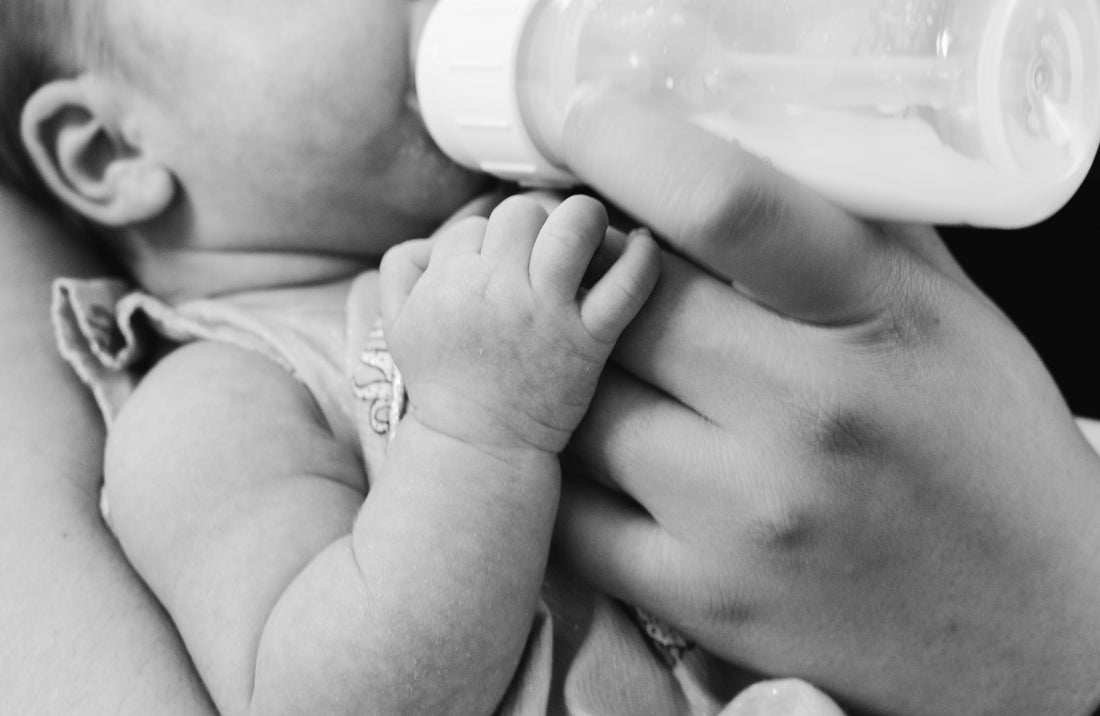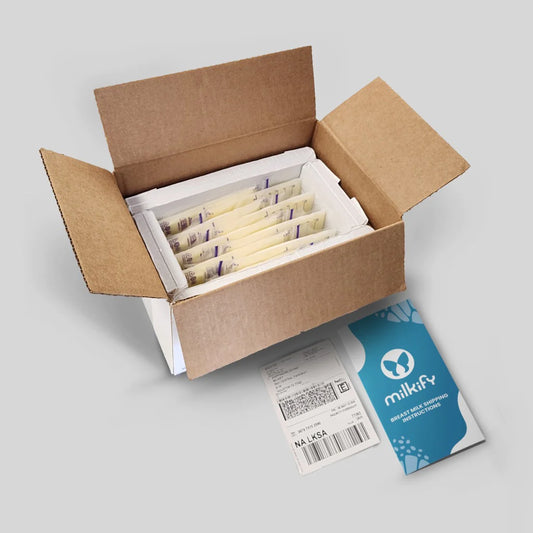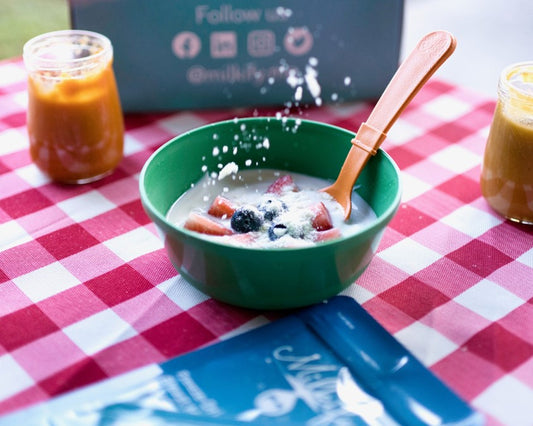Becoming a new parent is a beautiful journey filled with new experiences, learnings, and decisions. But it also brings plenty of challenges, like understanding the nuances of breast milk safety and proper storage.
One particular question that frequently comes up is: can warmed breast milk be refrigerated again? This is an important question since it concerns your baby’s health and nutrition. Let’s dive in.
Introduction to Breast Milk and its Vital Role
To understand the rationale behind guidelines for breast milk storage, it's first crucial to understand what breast milk is made of. It's not just food for your baby; breast milk is a living substance containing antibodies, live cells, enzymes, and essential nutrients.
These components make breast milk an indispensable part of your baby's health, development, and well-being. Unfortunately, they also make breast milk more prone to bacterial growth if it's not handled or stored appropriately.
Guidelines for Breast Milk Storage: A Closer Look
The CDC provides a comprehensive guide on how to safely store breast milk. According to the CDC:
- Freshly pumped or expressed breast milk can stay at room temperature (up to 77°F or 25°C) for up to 4 hours.
- Refrigeration (at 40°F or 4°C or cooler) can extend its safe storage duration to up to 4 days.
- In a freezer (0°F or -18°C or colder), it can safely stay for as long as 6-12 months.
- Once thawed, milk that was previously frozen can be safely stored at room temperature for 1-2 hours (or 1 day in the refrigerator)
However, these rules start to change once the breast milk has been warmed for feeding.
The Detailed Reasoning: Why Warmed Breast Milk Should Not be Refrigerated Again
Healthcare professionals, including lactation consultants and pediatricians, generally recommend against refrigerating breast milk again once it has been warmed.
This is because once breast milk is warmed to a typical feeding temperature, bacterial growth will accelerate.
Let’s say you prepare a bottle and warm the milk. Any bacteria in your milk will begin to multiply more rapidly than if the milk was at room temperature or in the fridge.
If your baby falls asleep or no longer seems hungry, you now have a bottle ready to go. And this is milk you worked hard to save, so of course it will be tempting to put the bottle back in the fridge!
But here’s the problem – while putting the bottle in the fridge will slow down the growth of bacteria, it will not reverse any bacterial growth that happened while the milk was warm.
Exposing your baby to potentially harmful levels of bacteria could lead to foodborne illnesses. And since breast milk is a living food full of microbes (as well as the sugars those microbes like to feed on), it’s best to play it safe and never refrigerate warmed breast milk.
So, What Can I Do With Leftover Warmed Breast Milk?
Here are some good rules of thumb to remember.
If you made a bottle up to room temperature only (not warmer) AND your baby never started drinking from it, it’s OK to refrigerate the bottle for up to 24 hours. This applies to both thawed and rehydrated freeze-dried breast milk.
However, if any of these is true:
- Your baby started drinking from the bottle, or
- You warmed the milk, or
- You used warmer-than-room-temp water to rehydrate freeze-dried breast milk
Then the safest thing to do is to use the milk within 2 hours, and discard any remaining milk.
Here’s a flow chart to help you remember. Again, this applies to both rehydrated freeze-dried breast milk and to thawed milk that was previously frozen.

Given this information, the key lies in thoughtful planning. We recommend warming smaller quantities of breast milk that you're confident your baby can finish within one feeding session. That way, you reduce the risk of wasting your precious liquid gold.
Balancing Nutrition and Safety
The idea of disposing of leftover warmed breast milk may seem like unnecessary waste. However, it's critical to remember that the main objective here is to safeguard your baby's health. Ensuring your baby gets the vital nutrition from breast milk is just as important as preventing any potential bacterial infection risk.
Thus, the guiding principle should be: once warmed, it's either used or discarded.
In case of any doubt, always consult with your pediatrician or a lactation consultant. They can provide guidance based on your unique situation, answering questions about storing, reheating, and feeding breast milk.
Additional Tips for Safely Handling Breast Milk
In addition to the guideline about not re-refrigerating warmed milk, here are a few more tips that can help ensure the safety of your stored breast milk:
- Clean Hands: Always wash your hands thoroughly before expressing or handling breast milk.
- Proper Storage: Store the milk in clean, BPA-free bottles or bags specially designed for breast milk storage. Make sure to seal them tightly.
- Labeling: Always label the storage container with the date the milk was expressed. This helps you track and use the oldest milk first.
- Thawing: If you have frozen breast milk, it's recommended to thaw it in the refrigerator overnight or by holding the bottle under warm water. Never use a microwave to thaw or heat bottles of breast milk, as it can cause hot spots, which can burn your baby. Microwaving breast milk can also destroy the nutrients in the milk.
- Testing Temperature: Before feeding, you can drop some milk on your wrist to test the temperature. It should feel warm, not hot.
Following these tips can go a long way in ensuring that your baby gets the best possible nutrition from your breast milk.
Short Answer? No.
So while the answer to "can warmed breast milk be refrigerated again?" is "no," it’s important to understand the reasoning that leads to this answer. It's about more than just the milk; it's about balancing the health, safety, and nutritional needs of your baby. With careful handling and storage, expressed breast milk can continue to be the fantastic source of nutrition that nature intended it to be.






